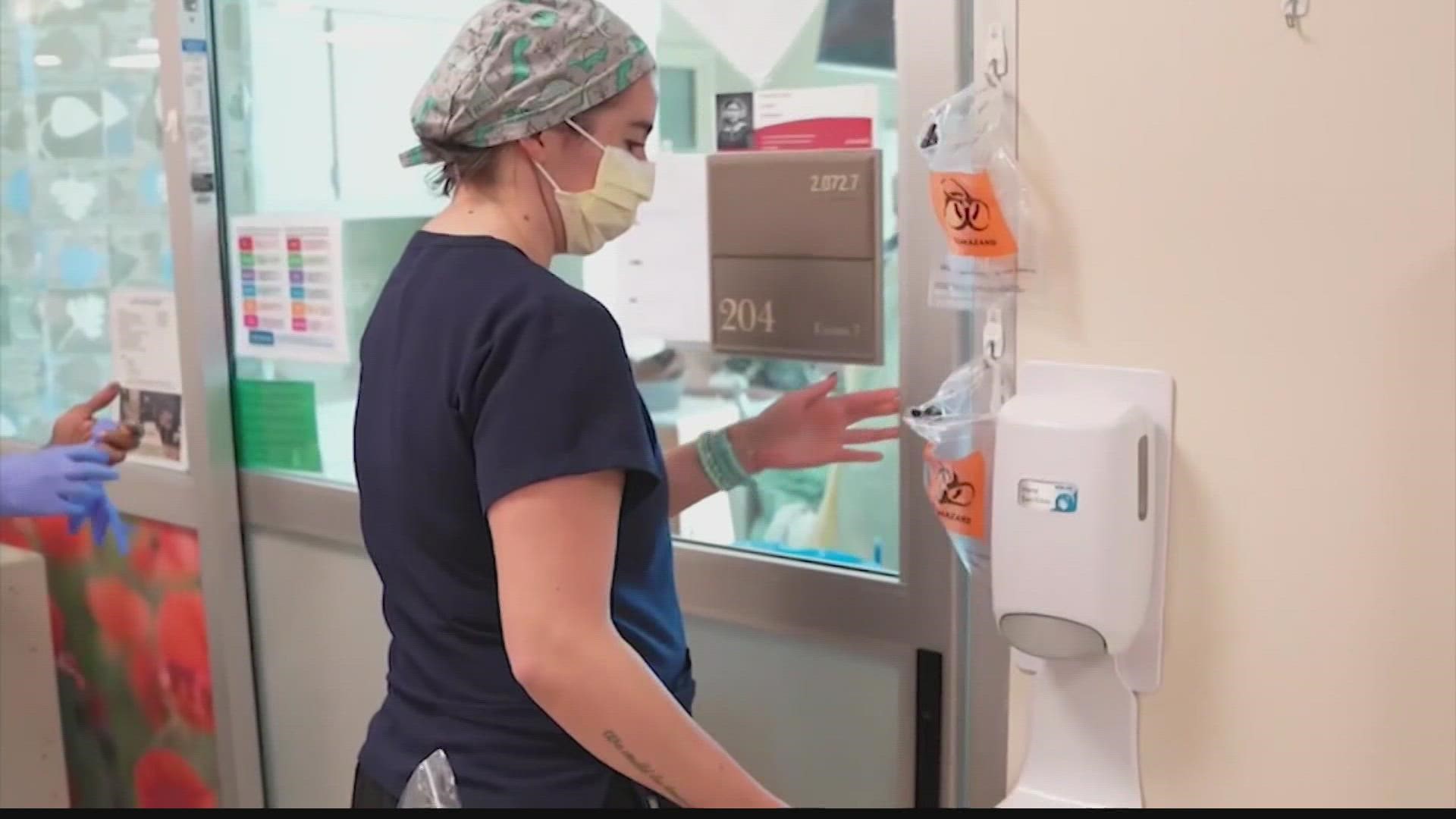HUNTSVILLE, Ala. — The Omicron variant has been shown to be extremely contagious but one health expert says this surge could be leveling out.
"The big track marker that I look at, that keeps me optimistic is case positivity. We're really starting to see a plateauing, we were climbing through 40, 42 to 43% (positivity rates for COVID cases) and we're really starting to see that hold off rather than continue to grow," said Dr. Suzanne Judd, Ph.D., professor and epidemiologist in the UAB School of Public Health.
This variant has taken over and done so quickly. Although Omicron cases are said to be less severe than Delta cases, people are still out of work and school because of this variant, what's changed though are the CDC guidelines.
RELATED: Are rapid covid tests accurate?
"One of the reasons it (positivity rates for COVID cases) was so high during Delta was we still had that 10-day quarantine- 10 to 14 days, dependent on vaccination status, but with Omicron, CDC has reduced the quarantine and isolation guidelines. So it's still roughly 20% and we're at the peak right now. It's about 20% right now that we'd expect to be out of work, out of the classroom, wherever that might be," said Judd.
Judd expresses that this Omicron surge has probably hit its peak, which is a good thing but she also mentions that this will not be the last variant we have to deal with.
"We know that it's going to continue to mutate. I think that's the big takeaway: we can follow what's happening in the world. We can watch a surge in another country and be prepared for when that surge comes here," said Judd.
It may be unfortunate that health experts foresee other surges and variants but they can learn from those patterns, so we can better deal with those things in the future.
"We had great data from South Africa this time to know that the hospitalization rate was probably going to be slightly lower. with Omicron but that it was going to spread much more rapidly. It gave us the chance as a public health community to get ahead of some of the messaging," said Judd.

